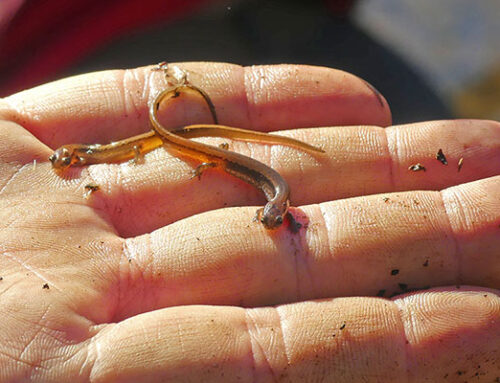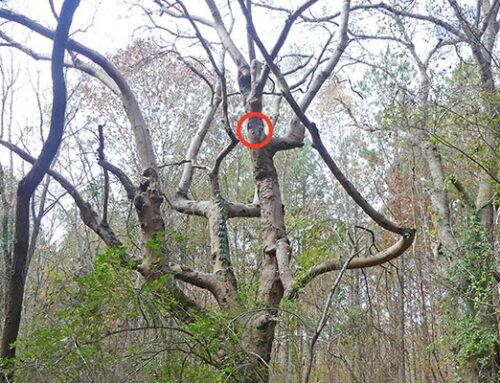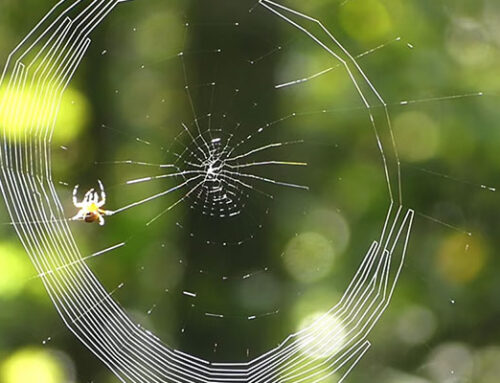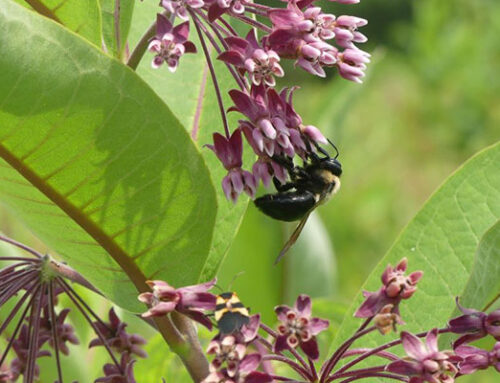A Plant Library
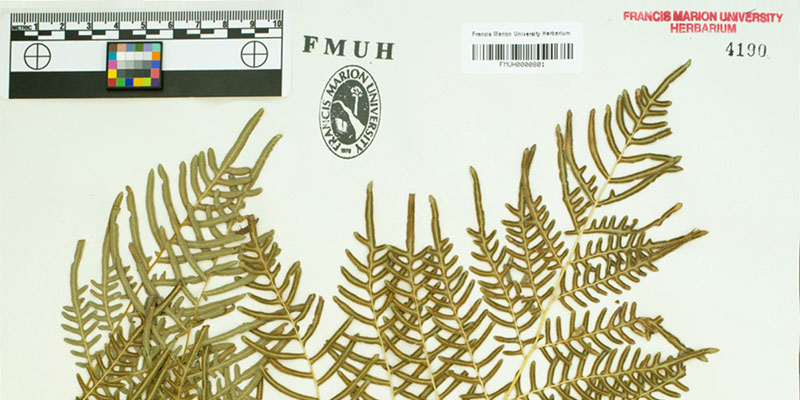
Example of herbarium page
Are there libraries for looking up actual plants? Yes, there are! What a library is to printed books, an hebarium is to preserved plants. An herbarium is an important genetic repository for scientific research which consists of plants that have been collected, dried, labeled, and mounted on paper. These are used for plant identification, research during seasons when living plant samples are not available, showing distribution patterns, and more. The information collected from herbaria specimens can be used to understand changes in a plant community due to agricultural disturbances, human disturbances, and climate change. Often these specimens are rare and hard to find in the wild or in botanical gardens. Some may even be extinct in the wild. Botanical field guides and apps like iNaturalist are valuable tools for field identification, but for plant researchers, there’s really no substitute for studying the real plant up close, even in dried form.
The Carolina Wildlands Foundation has started an herbarium collection from plants collected from different habitats throughout our home base, the 1,500-acre Southern 8ths property. All herbarium samples are being stored at the Francis Marion University herbarium and will eventually be accessible online and in person for future researchers. Identification of plants is done using the Flora of the Southeastern United States key written by Alan Weakley and colleagues.
In addition to being a scientific tool, herbaria can be a fun way to learn more about your property and spend time with family or friends. It’s a wonderful activity for children to serve as “citizen scientists.” If you are interested in starting your own herbarium, or just pressing individual plants to preserve their beauty, the process is inexpensive and quite simple. Supplies you will need:
- Plant press with cardboard and blotting paper
- Plant sheers or small shovel
- A hot, dry environment (such as a car trunk on a sunny day)
- Mounting paper
- Glue
- String
- Newspaper
- Labels
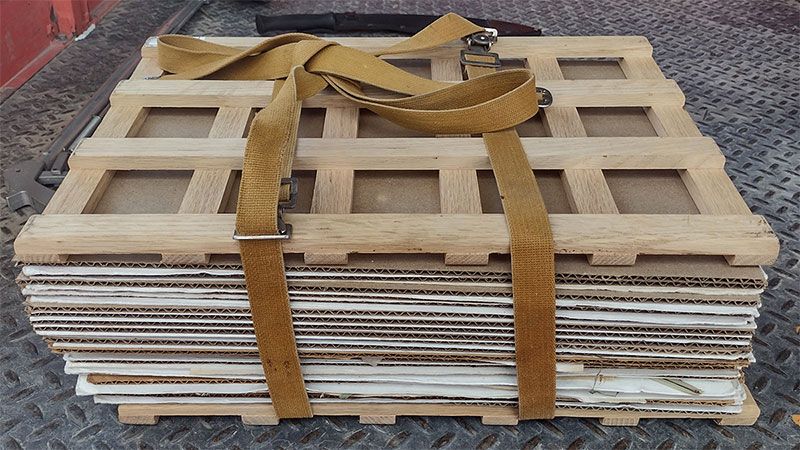
Plant Press
A plant press consists of two wooden slats or panels filled with corrugated cardboard and blotting paper. A press can be purchased online or made at home. To collect a plant specimen for an herbarium, collect as much of the plant as you can including the roots. If a plant is too large, the roots do not have to be included. When pressing a plant, species are separated using newspaper or newsprint and marked for organization.
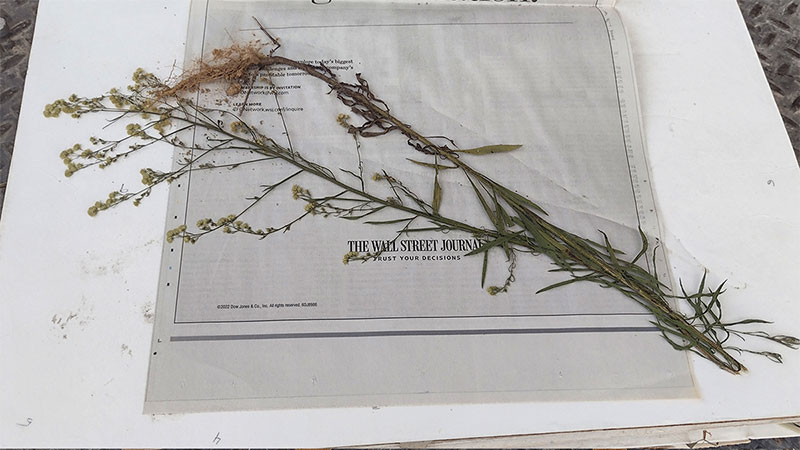
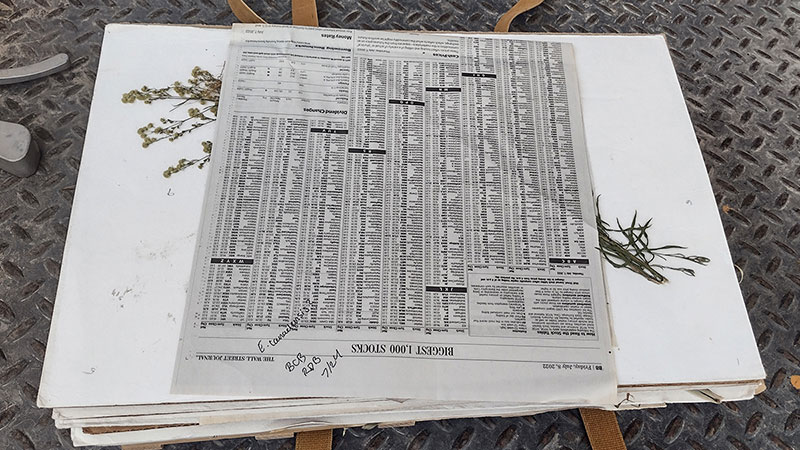
After plants have been pressed, place the plant press in a hot, dry environment. Hot, dry environments ensure quick drying which is important for retaining as many of the plant features as possible including color. Many large herbaria have industrial plant dryers which create the perfect environment for this to occur; however, the trunk of a car during a hot summer afternoon works well for small, personal collections.
After plants are completely dry, they can be mounted on mounting paper (.188 mm thick/18.8 cm thick). Plants are mounted using archival glue when possible. If the plant is too large or woody, the plant can be sewed down to the blotting paper using string. If there is any loose plant material such as seeds, they can be stored in a paper envelop which is then glued to the mounting paper. Once the plant is mounted and you are satisfied with the results, a label can be typed or handwritten and glued in the bottom right-hand corner of the mounting paper. This process is repeated for each group of plant specimens. Starting your own herbarium is a great way to learn and share more about nature that surrounds you.
Click here for more information about the Frances Marion Herbarium.


